19 pages • 38 minutes read
AnonymousThe Song of Roland
Fiction | Poem | Adult | Published in 1095A modern alternative to SparkNotes and CliffsNotes, SuperSummary offers high-quality Study Guides with detailed chapter summaries and analysis of major themes, characters, and more.
Summary and Study Guide
Overview
Composed at the turn of the 12th century, La Chanson de Roland (translated as The Song of Roland) recounts the events surrounding the Battle of Roncevaux Pass in 778 CE. The Song of Roland is likely the oldest surviving poem in French and was immensely popular across Europe during the Middle Ages. The poem establishes many tropes and themes that have come to characterize medieval chivalric romances, but Roland is also an epic poem in the tradition of Homer. This combination of epic and chivalry exemplifies the genre of chansons de geste (or songs of deeds), which uses Charlemagne’s reign and conquest to explore acts of heroism. Like many of these songs of deeds, Roland’s narrative establishes Emperor Charlemagne as the rightful heir to the Roman Empire and constructs French identity through his nation-building.
Scholars are unsure who wrote The Song of Roland. The most probable author is a Norman poet named Turold, whose name appears in the poem’s final line.
This guide uses the 1990 Glyn Burgess translation published by Penguin books.
Poet Biography
The one complete surviving manuscript of The Song of Roland ends with the line “[h]ere ends the story which Turoldus relates” (Line 4002). Many scholars believe that the name “Turoldus” refers to an otherwise unknown Norman poet named Turold. This surviving manuscript, which is the only evidence of Turold, dates between 1129 and 1165.
Some scholars argue that the final line of the poem, and therefore the claim to authorship, was added by the scribe who copied the poem. Other scholars believe that Roland is older than the 11th century date commonly attributed to it, and that it existed as an oral song before a scribe wrote it down. The critical consensus has Turold as Roland’s author but concedes that he was relating his own version of an older heroic poem.
Turold was likely a member of the clergy. His knowledge of the Church and of military operations suggests that he held high status and moved between professional circles. The strongest candidate for Turold’s real identity is Thorold of Envermeu, a chaplain under William Rufus who was later promoted to Bishop of Bayeux. Thorold of Envermeu maintained his position as bishop from 1097 until 1104, when Pope Paschall II deposed him. The political nature of Thorold of Envermeu’s promotion to bishop and his connection to the royal court also support his being the surviving manuscript’s author.
Incomplete or fragmented manuscripts of Roland also exist. Many of these manuscripts differ significantly from Turold’s, and some seem better-suited for oral transmission. These variations reinforce the idea that the story of Roland predates Turold’s version.
Poem Text
The Song of Roland. Translated by Glyn Burgess. 1990. Penguin.
Summary
The Song of Roland is set in the 8th century during the reign of Frankish king Charlemagne. The poem’s narrative begins after Charlemagne and his army have spent “seven long years” (Line 2) in Spain. After destroying every Spanish city except Saragossa, Charlemagne and King Marsile attempt to make peace. Charlemagne’s primary condition for peace is that Marsile and his followers “receive the holy Christian faith” (Line 431), for which they will be given “half of Spain as a fief” (Line 432).
Upon his nephew Roland’s suggestion, Charlemagne sends Roland’s stepfather, Ganelon, to deliver the message to the Saracens. Ganelon, fearing for his own life, resents Roland for sending him on the mission. After delivering Charlemagne’s terms, Ganelon tells Marsile how to “bring about Roland’s death” (Line 581) by ambushing the rearguard leaving Spain.
Ganelon then returns to Charlemagne’s army and argues that Roland should serve in the rearguard. Though Charlemagne objects to this and calls Ganelon the “living devil” (Line 746), Roland accepts the position out of duty to his stepfather. Charlemagne offers Roland his best warriors and “half of [his] army” (Line 785), but Roland refuses them out of honor.
Once Charlemagne’s army enters Roncevaux Pass, the mountainous passageway between Spain and France, Marsile’s army of Saracens ambushes Roland and the rearguard. As the poem’s narrative dissolves into a series of fight scenes, Roland refuses to blow the oliphant, or hunter’s horn made from an elephant tusk, that would inform Charlemagne of the ambush. Instead, Roland insists on fighting the Saracens because “a vassal must suffer hardships” (Line 1010). Though the Frankish rearguard is outnumbered, Roland continues to refuse aid except by divine intervention.
After discussing the situation with Oliver, Roland’s friend and brother-in-law, Roland blows the oliphant at last, playing the horn with such force that “clear blood gushes forth from his mouth / And in his skull the temple bursts” (Lines 1763-64). This powerful blare allows Charlemagne to hear the oliphant, and the Frankish king turns around to aid his rearguard. Roland then returns to the battlefield but “feels that his death is near” (Line 2259) from the slow bleed in his brain. After Oliver dies in combat against Marganice, Roland brings his body to Archbishop Turpin.
Roland continues to fight with zeal but is dead by the time the “emperor arrives at Rencesvals” (Line 2398). The remainder of Charlemagne’s army quickly defeats the Saracens; they bring Roland’s body back to France, where it is “prepared for burial” (Line 2962). After discovering Ganelon's betrayal, Pinabel (Ganelon's friend) and Thierry duel to determine Ganelon's guilt. Thierry wins by divine intervention, and Charlemagne’s court executes Ganelon and 30 of his relatives. The poem ends with Charlemagne bemoaning the difficulties of his rule.
Related Titles
By Anonymous

Arabian Nights
Anonymous
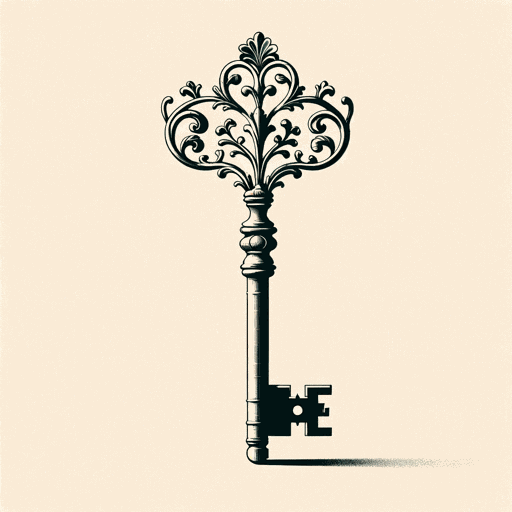
Arden of Faversham
Anonymous

A Woman in Berlin
Anonymous
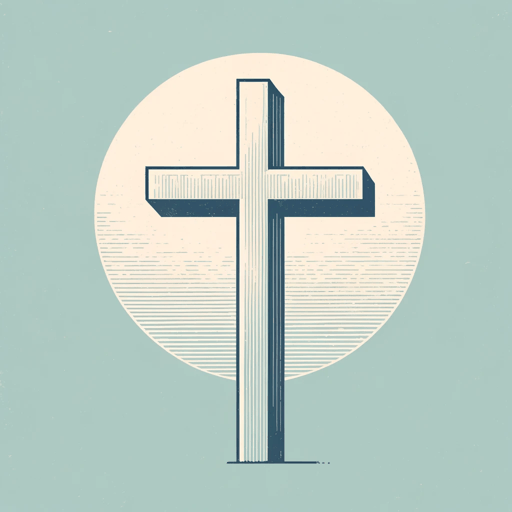
Bible: New Testament: English Standard Version
Anonymous
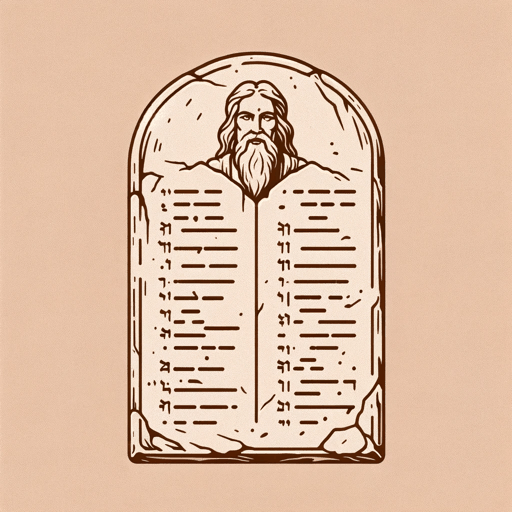
Bible: Old Testament: English Standard Version
Anonymous

Deuteronomy
Anonymous

Diary of an Oxygen Thief
Anonymous
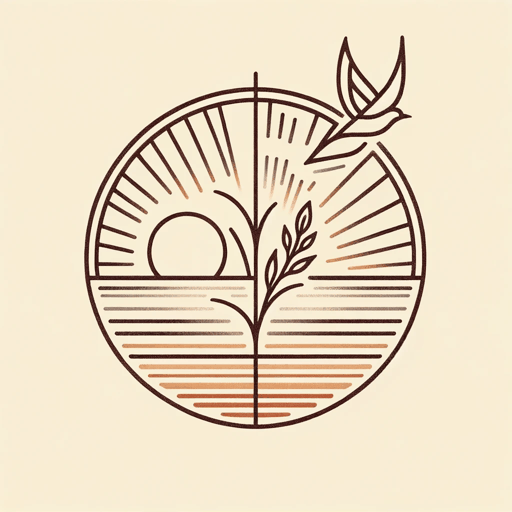
Do Not Stand at My Grave and Weep
Anonymous
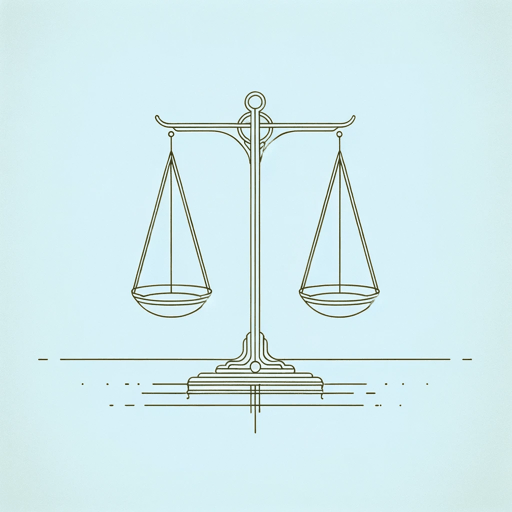
Everyman
Anonymous

Hebrew Bible
Anonymous

Holy Bible
Anonymous

Homeric Hymns
Anonymous
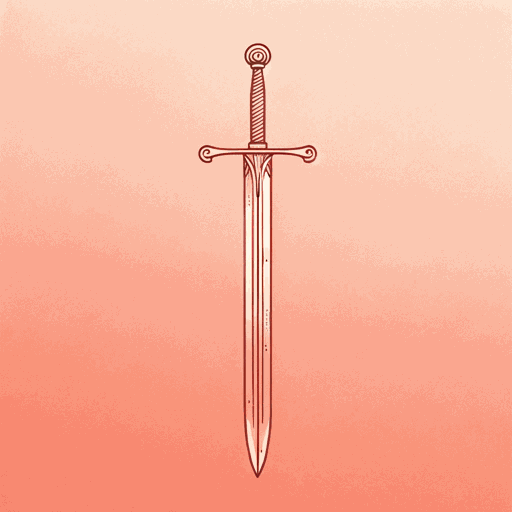
Judith
Anonymous

Laxdaela Saga
Anonymous
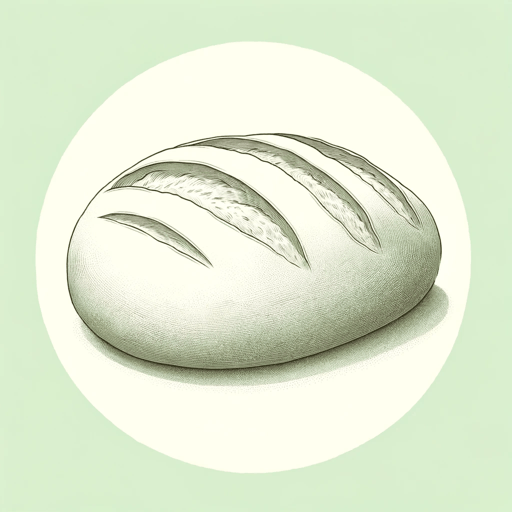
Lazarillo De Tormes
Anonymous

Mahabharata
Anonymous
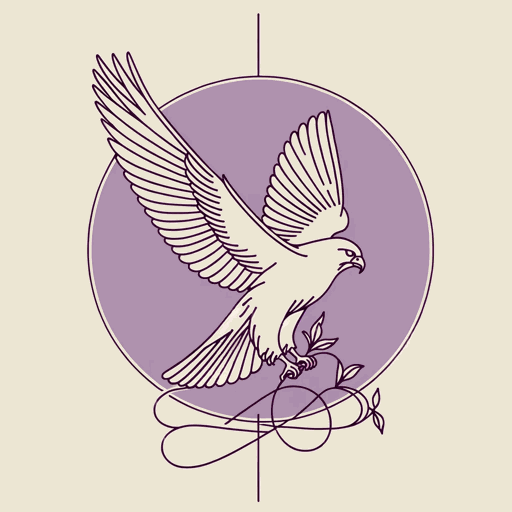
Nibelungenlied
Anonymous
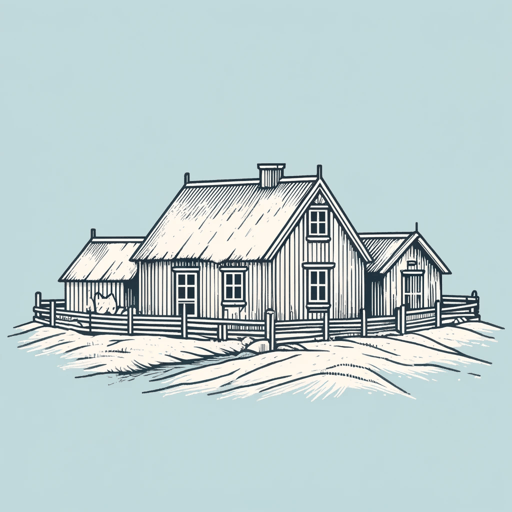
Njals Saga
Anonymous

One Thousand and One Nights
Anonymous

Popol Vuh
Anonymous
Featured Collections
9th-12th Grade Historical Fiction
View Collection
European History
View Collection
French Literature
View Collection
Good & Evil
View Collection
Loyalty & Betrayal
View Collection
Medieval Literature / Middle Ages
View Collection
Memorial Day Reads
View Collection
Military Reads
View Collection
Nation & Nationalism
View Collection
Safety & Danger
View Collection
School Book List Titles
View Collection
Sexual Harassment & Violence
View Collection
SuperSummary Staff Picks
View Collection
War
View Collection

